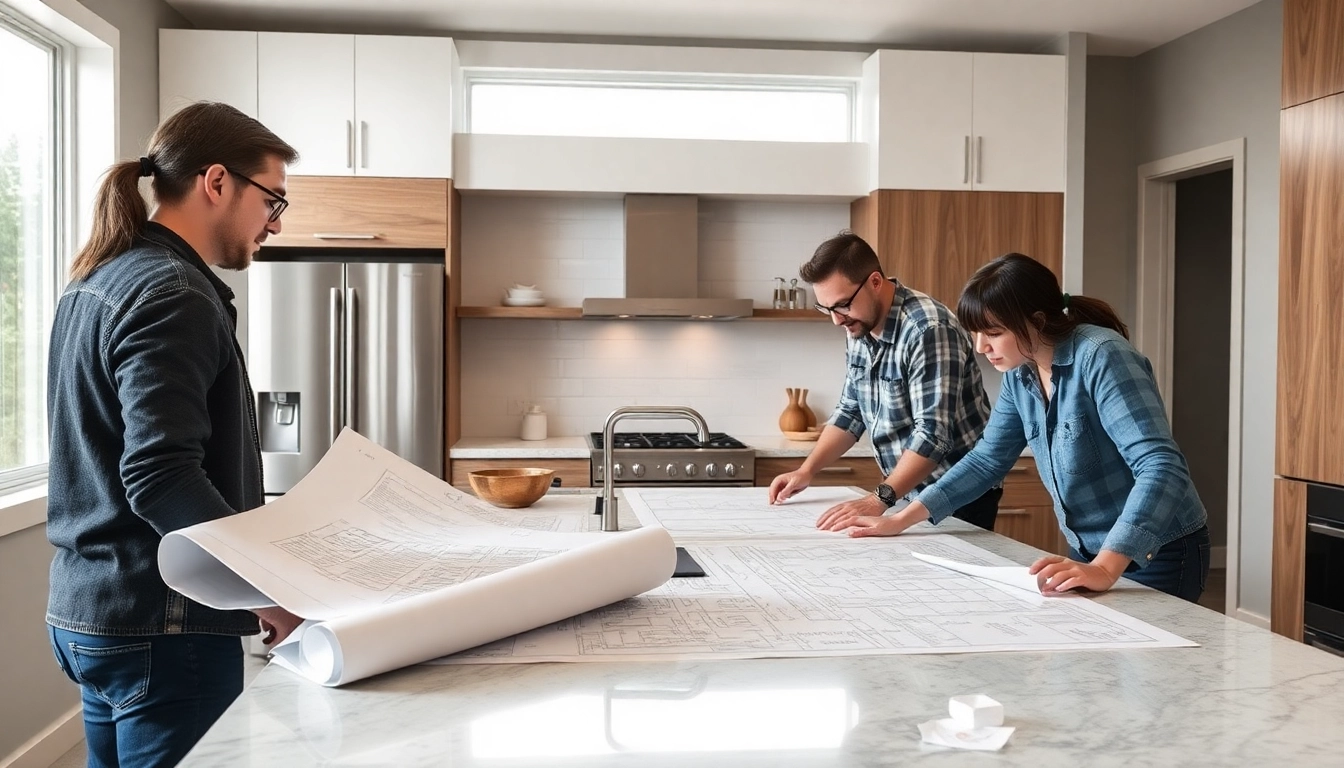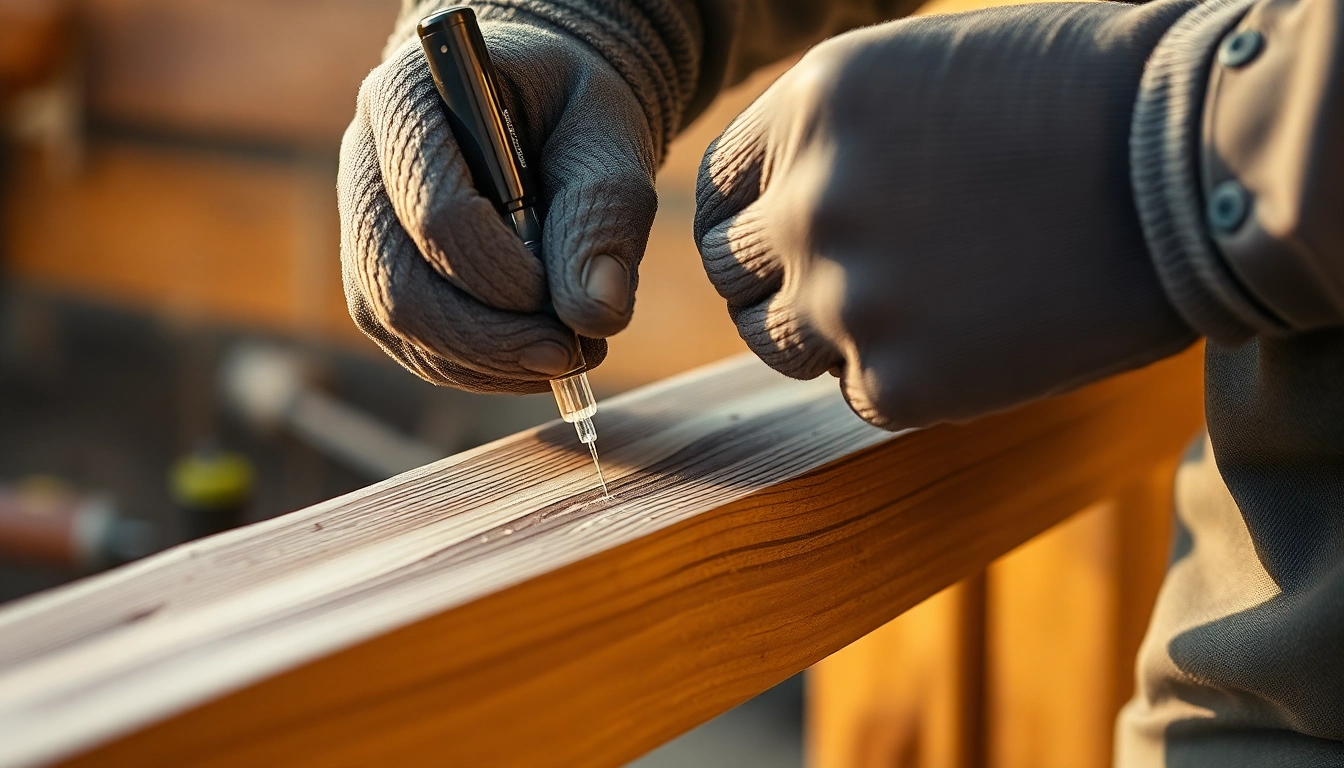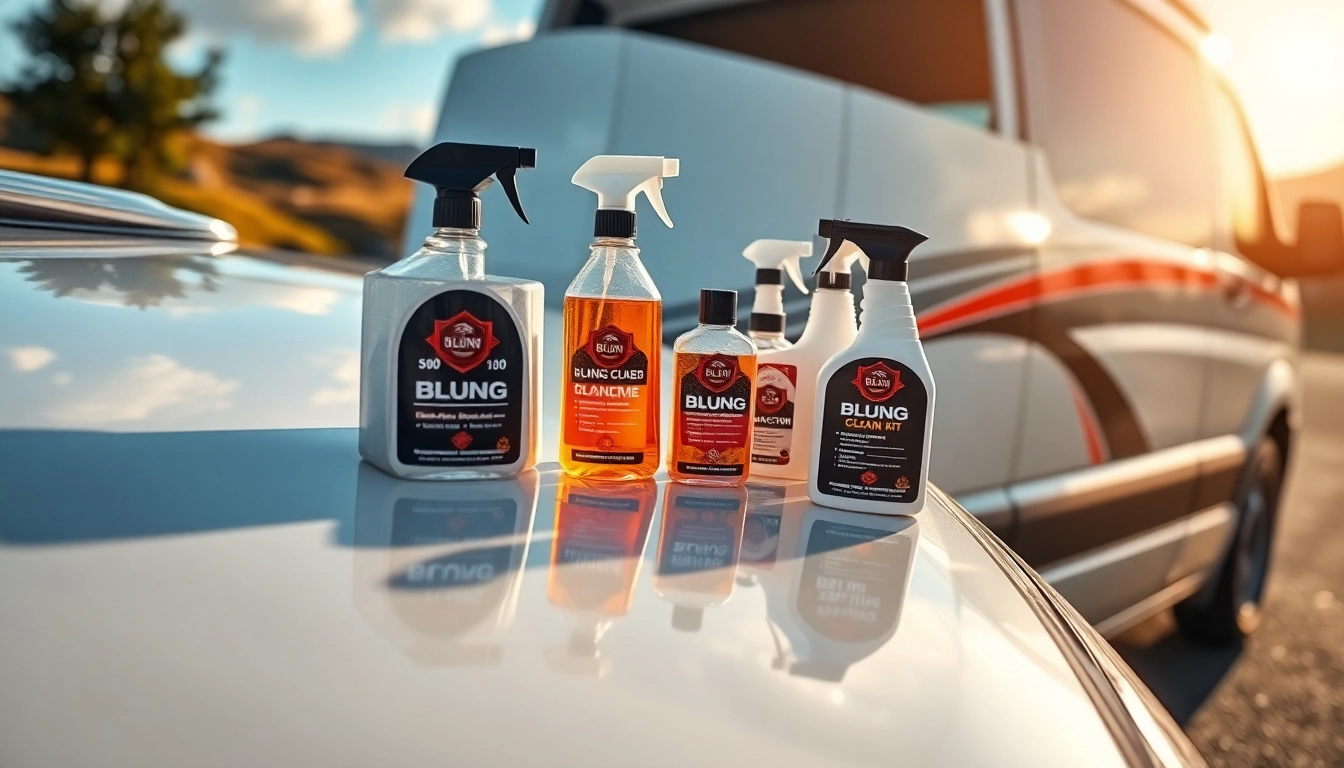Understanding Roof Repairs: Types and Common Causes
Roof repairs are an essential aspect of maintaining the structural integrity and safety of any building, whether residential or commercial. The UK’s climate, characterized by frequent rain, wind, and occasional storms, poses unique challenges to roofing systems, making regular maintenance and timely repairs crucial. When homeowners or business owners notice issues with their roofs, acting promptly can prevent minor problems from escalating into costly, extensive damage. Navigating the landscape of roof repairs involves understanding different types, recognizing common causes of damage, and knowing how to approach repairs effectively. For comprehensive solutions, consider exploring trusted providers at roof repairs.
Different Types of Roof Repairs and Their Applications
Roof repairs can be broadly categorized based on the nature and extent of damage, as well as the type of roofing material involved. Each type serves a specific purpose and requires tailored approaches for optimal longevity and performance.
- Minor repairs: Fixing small leaks, replacing cracked or broken tiles, and sealing minor cracks. These are often quick fixes that prevent water ingress and deterioration.
- Flat roof repairs: Involving resealing, patching blisters, and repairing leaks in flat roofing systems typically made of EPDM, PVC, or built-up felt. Flat roofs are prone to pooling water, which necessitates regular inspection.
- Slate and tiled roof repairs: Replacing broken or missing slates or tiles, securing loose tiles, and fixing cracked slate shingles to maintain weather resistance.
- Gutter and fascia repairs: Ensuring proper water drainage by repairing or replacing damaged gutters, fascias, and soffits that protect the roof’s edge and prevent water damage.
- Structural repairs: Addressing issues related to roof support structures, including repairing or reinforcing rafters, beams, and trusses, which may have suffered from extensive weather damage or rot.
Common Causes of Roof Damage in the UK Climate
Understanding the primary causes of roof damage is pivotal for both prevention and effective repair. The UK’s weather patterns significantly influence the lifespan and condition of roofing systems.
- Heavy rainfall and persistent dampness: Continuous exposure to moisture can lead to rotting wooden components, deterioration of roofing materials, and water ingress if seals or tiles fail.
- Strong winds and storms: High winds can loosen tiles, rip off shingles, or even cause structural damage, especially in older or poorly maintained roofs.
- Hailstorms: Hail can cause immediate damage such as cracked tiles or dented metal roofs, leaving the roof vulnerable to leaks.
- Snow and ice: Accumulation can add weight to the roof, leading to structural strain, and freeze-thaw cycles can expand existing cracks or damage materials.
- Age and general wear: Over time, roofing materials degrade due to UV exposure, thermal expansion, and weathering, necessitating repairs or replacement.
- Poor installation or maintenance: Improper fitting or neglecting routine inspections can lead to early deterioration and costly repairs in the future.
Signs That Indicate You Need Roof Repairs
Detecting issues early can save significant time and money. Be vigilant for signs such as:
- Water stains or damp patches: Visible on ceilings or walls, indicating leaks or poor drainage.
- Missing or broken tiles/slates: Exposed areas susceptible to further damage and water ingress.
- Granules in gutters: Fine material from asphalt shingles indicating deterioration.
- Leaking during rain: Active leaks point to compromised roofing integrity.
- Sagging sections: Structural compromise often presenting as dips or sagging areas in the roofline.
- Dark patches or moss growth: Moisture retention fosters moss, algae, or mold growth, weakening materials.
Step-by-Step Guide to Effective Roof Repair
Initial Inspection and Damage Assessment
The first step toward a successful repair is a thorough inspection. This should be done carefully, ideally with a professional, to identify all areas of concern. Key points include checking for loose or missing tiles, damaged flashing, pooling water on flat roofs, and signs of water entry inside the premises. External inspection includes examining the roof’s surface, gutters, downpipes, and fascia boards. Using binoculars or a drone can improve safety and accuracy, but climbing onto the roof for close inspection is often necessary for detailed assessment. Documenting damages with photos helps in obtaining accurate quotes and planning repairs effectively.
Choosing the Right Materials for Your Repair
Selecting appropriate materials is crucial for durable and long-lasting repairs. The choice depends on the roof type, extent of damage, budget, and environmental conditions. For instance:
- Tiles and slates: Use matching materials to ensure uniformity and prevent leaks. Modern synthetic or composite tiles can sometimes match the appearance of traditional materials at a lower cost.
- Flat roofing: Options include EPDM rubber, thermoplastic membranes, or bituminous (felt) materials, each with specific installation and longevity considerations.
- Sealants and coatings: High-quality, weatherproof sealants and reflective coatings help extend the lifespan of existing roofs by preventing water ingress and UV damage.
Hiring Professional vs. DIY Roof Repairs
While minor repairs might seem suitable for DIY enthusiasts, most roofing work requires professional expertise, especially for safety reasons and to ensure compliance with local building codes. Qualified roofing contractors possess the experience, proper tools, and insurance to handle complex issues such as structural repairs or extensive sealing work. DIY attempts may lead to improper solutions, further damage, or safety risks, ultimately increasing costs. For reliable, comprehensive repairs, partnering with vetted professionals ensures quality work, warranties, and peace of mind.
Cost Factors and Budgeting for Roof Repairs
Average Cost of Roof Repairs in the UK
Understanding repair costs is essential for budgeting. Recent data indicates that the typical expense ranges from approximately £150 for minor repairs to over £1,500 for significant fixes or replacements. The average cost hovers around £650, reflecting typical scenarios involving replacing broken tiles, sealing leaks, or reinforcing support structures. These figures vary based on the complexity and scope of the work, regional labor costs, and material choices. For exact costs tailored to your specific situation, consult local roofing specialists who can provide detailed quotes.
Factors Influencing Repair Costs
Several elements affect the overall expense of roof repairs:
- Extent of Damage: Larger areas or severe damage necessitate more materials and labor, increasing costs.
- Roof Size and Geometry: Larger roofs or complex designs with multiple slopes or dormer windows require more time and materials.
- Material Selection: Premium or specialized materials cost more but may offer greater durability.
- Location and Accessibility: Rural or hard-to-reach areas can add to transportation and labor costs.
- Season and Weather Conditions: Emergency repairs during adverse weather or peak seasons may carry premium rates.
- Repair Type: Minor patching vs. comprehensive roof replacement significantly influences budget.
How to Get Accurate Quotes and Save Money
Obtaining precise quotes involves detailed inspections and multiple bids from reputable contractors. To maximize value:
- Request written estimates outlining scope, materials, and warranties.
- Compare quotes from at least three professionals, checking reviews and references.
- Prioritize quality materials and reputable contractors over the cheapest options—cheap repairs can lead to further costs.
- Schedule repairs during the off-peak season when rates may be lower.
- Perform routine inspections and minor repairs proactively to prevent larger, costly issues.
Best Practices for Maintaining Your Roof Post-Repair
Regular Inspection and Maintenance Tips
Preventative maintenance is the best way to prolong your roof’s lifespan. Regular inspections—at least twice a year—should focus on checking for loose or missing tiles, damaged flashing, and clogged gutters. Clean gutters and downpipes annually to prevent water buildup, which can cause leaks and structural damage. Removing moss, algae, and debris is crucial, especially in shaded or damp areas. Consider hiring professional inspectors for comprehensive assessments every few years, especially after severe weather events.
Preventative Measures to Extend Roof Lifespan
Adopting proactive strategies can significantly extend the life of your roof:
- Proper Ventilation: Ensuring good attic ventilation prevents condensation, which can lead to wood rot and mold.
- Re-sealing and Protective Coatings: Applying reflective or waterproof coatings can reduce UV damage and weathering.
- Trimming Overhanging Branches: Reduces risk of physical damage from falling branches and minimizes debris accumulation on the roof.
- Addressing Repairs Promptly: Fix minor issues before they escalate, saving costs and preventing leaks.
- Upgrading Components: Installing higher-quality fascias, soffits, or durable roofing materials provides added protection against the elements.
When to Consider Full Roof Replacement
While repairs can extend the useful life of a roof, there comes a point when replacement is more economical. Indicators include:
- Extensive damage across large sections of the roof.
- Multiple recurrent leaks despite repairs.
- Significant roof age—typically over 20-25 years for many materials.
- Structural deterioration, such as rotting support beams or sagging sections.
- High repair costs exceeding the value of a new roof.
Consulting with roofing professionals will help determine whether repair or full replacement is the most practical and cost-effective option.
Choosing the Right Roofing Contractor
What to Look for in a Trusted Roof Repair Provider
Selecting a reputable contractor ensures quality work, warranties, and peace of mind. Essential criteria include:
- Licensing and Insurance: Verify that the contractor holds appropriate licenses and insurance to protect against accidents or damages.
- Experience and Specialization: Opt for professionals with extensive experience in the specific roof type and repair scope.
- Reputation and References: Seek reviews, testimonials, and direct references from previous clients.
- Warranties and Guarantees: Ensure they offer warranties on both labor and materials, reflecting confidence in their work.
- Detailed Written Estimates: Transparent and comprehensive quotes that clearly specify scope, costs, and timelines.
Questions to Ask Before Hiring
Engaging with potential contractors involves asking pertinent questions:
- Can you provide references from recent clients?
- Do you handle all aspects of roofing, including inspection and permits?
- What materials do you recommend, and why?
- What is your timeline for completing the repairs?
- Do you provide written warranties and after-sales support?
- How do you ensure safety and compliance during work?
Understanding Warranties and Guarantees
Warranties safeguard your investment by covering defective materials or workmanship. Standard warranties typically range from 5 to 25 years, depending on the manufacturer and repair scope. Always read the warranty terms carefully to understand what is covered and for how long. A reputable contractor will also offer guarantees on their workmanship, ensuring any issues arising from their work are rectified without additional cost.













